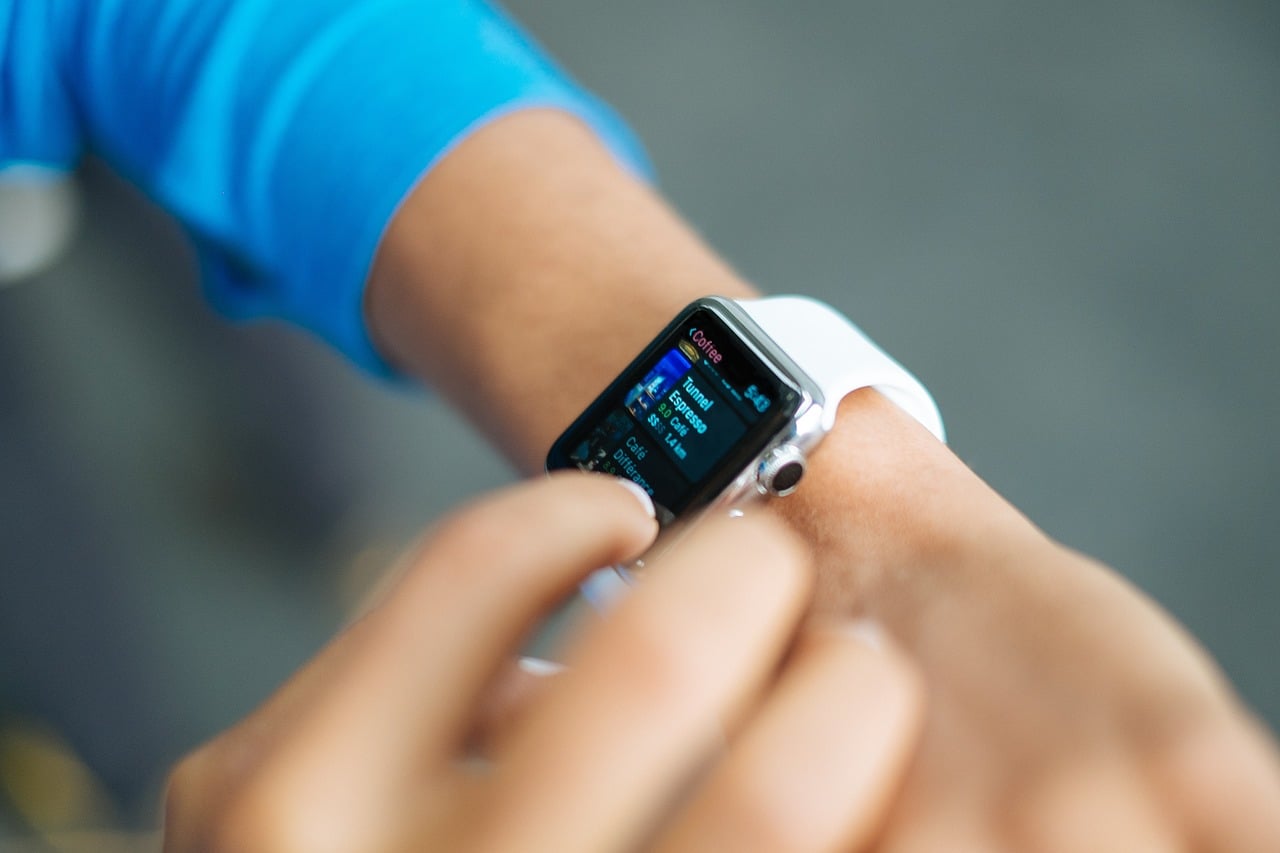The Apple Watch is already the most popular smartwatch on the planet, but the company is not satisfied yet and wants to take it even higher. To expand the watch’s scope further, the company is working on tech that will allow the Apple Watch to track symptoms of Parkinson’s disease. More specifically, Apple is adding a new “Movement Disorder API” in the ResearchKit framework to help the gadget monitor Parkinson’s disease symptoms, according to 9to5Mac. Developers will be able to use the API to add features in watchOS 5 to track the symptoms of the disease. The API will track tremors and dyskinesia, two common symptoms of the disease. Tremors include shaking and quivering, while dyskinesia is a side effect of treatment for Parkinson’s, which causes swaying motions in the patient.
Physicians currently perform physical diagnostics tests to determine the seriousness of the symptoms. Patients are also asked to maintain a diary on the symptoms to help their physician get more data. However, Apple aims to make the process automatic and continuous with the help of its latest API, and all patients have to do is wear an Apple Watch. Health apps will then be able to display that data in a graph form, showing the number of times the symptoms emerged in a day.
Following the release of the API, developers and researchers will now be able to make apps to track the symptoms. Such apps will also be able to track changes in the symptoms over time to help physicians conclude if there is any improvement or not. Though there is no such app yet, with the API out now, it won’t be long before a developer comes up with something.
Apple’s Movement Disorder API is based on data collected from Parkinson’s patients in clinical studies. Apple claims that ResearchKit, which was launched about three years ago, is being actively used for studies on autism, epilepsy, melanoma, sleep health, concussions, Parkinson’s disease and more.
For instance, Scientists at Cardiogram have discovered that the Apple Watch can be used to identify signs of a stroke by tracking a patient’s heartbeat. Researchers at Stanford are working with Apple to learn how the watch can be used to detect arhythmias. Further, the company says that the mPower study app has over 10,000 participants for Parkinson’s disease, making it the “largest Parkinson’s study in history.”
Apps use ResearchKit to get access to the sensors on the iPhone and Apple Watch to track daily activities. However, with the Movement Disorder API, researchers get a new method and more detailed data for tracking symptoms via the watch. Developers will get access to the Movement Disorder API with the second developer release of watchOS 5. In the meantime, Apple has released a demo code and a sample study app on the ResearchKit GitHub page.
On one hand, while the watch is getting new abilities, on the other, Apple is facing lawsuits for its watch being defective. A recent class-action lawsuit claims that all the Apple Watch models released so far — from Series 0 to Series 3 — have the same defect.
“The Watches all contain the same defect and/or flaw, which causes the screens on the Watches to crack, shatter, or detach from the body of the Watch (the “Defect”), through no fault of the wearer, oftentimes only days or weeks after purchase,” says the lawsuit, according to Patently Apple.
Further, the lawsuit alleges that Apple was always aware of the issue. The company also reportedly refused to honor warranty claims for the issue, terming it as “accidental damage” caused by the user. The lawsuit is claiming $5 million in damages.
So far, Apple has acknowledged a few issues with its watch. For the Series 0 models, the company admitted two issues, swollen batteries and detached back covers, and thus, it extended the warranties to three years. For the Series 2 models, Apple offered a similar extension for the issue involving swollen batteries. A different issue was identified with some Series 3 models, in which the display showed visible stripe markings. However, the issue of cracked or detached displays is yet to be acknowledged by Apple. It may have something to do with the swollen batteries.





